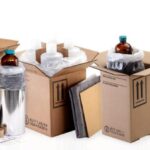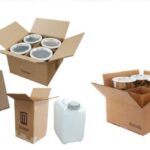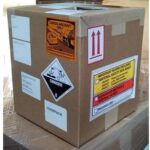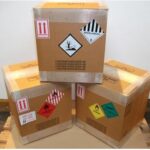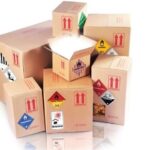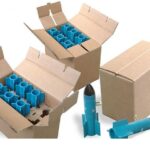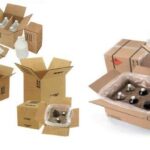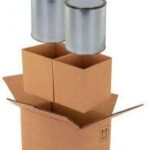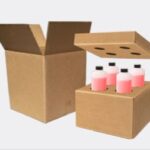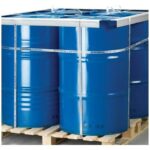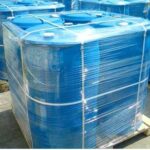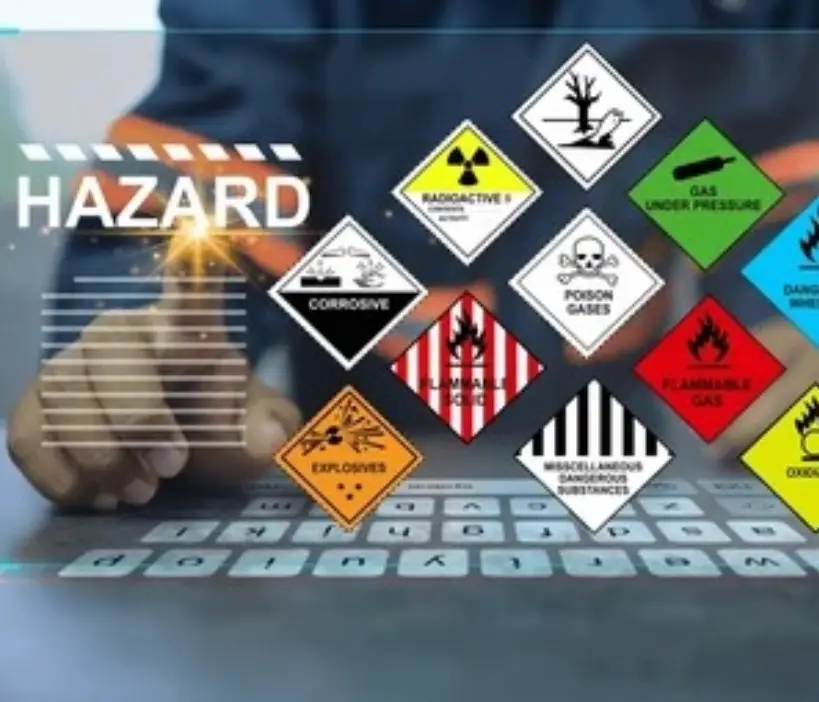
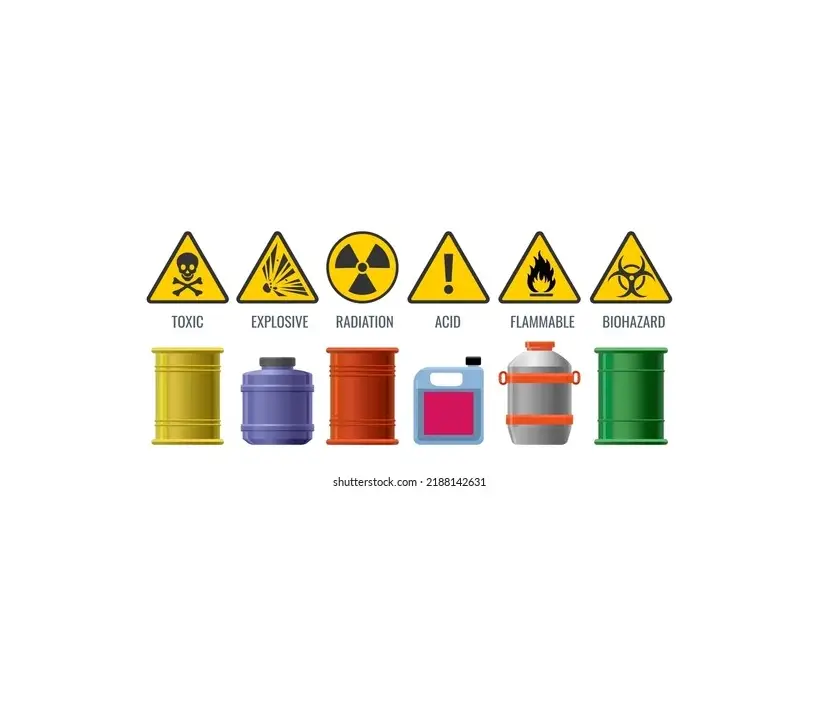
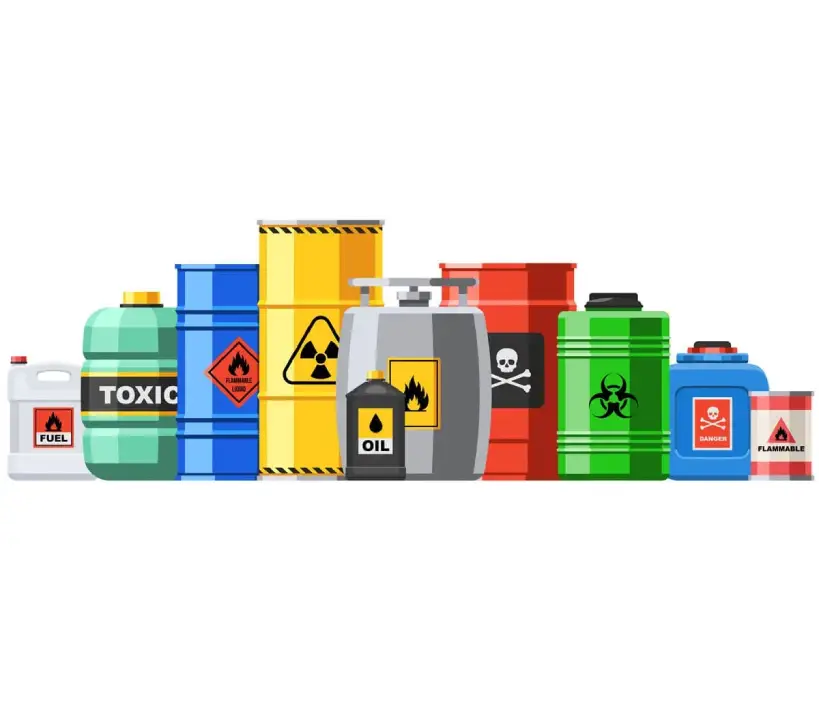
Hazardous Specialized
Hazardous chemicals are substances
, mixtures, and articles that can pose a significant risk to health and safety
if not managed correctly. They may have health hazards, physical
hazards or both. Examples of chemicals
that can cause adverse health effects include: toxic
chemicals.
- CLASS 1 – Hazmat Class 1 are Explosive materials, which are any substance or article, including a device, which is designed to function by explosion or which, by chemical reaction within itself is able to function in a similar manner even if not designed to function by explosion
- CLASS 2 – The HAZMAT Class 2 in United States law includes all gases which are compressed and stored for transportation. Class 2 has three divisions: Flammable (also called combustible), Non-Flammable/Non-Poisonous, and Poisonous.
- CLASS 3 – Class 3 dangerous goods are flammable liquids with flash points no more than 60 celcius degrees. It covers liquid substances, molten solid substances with a flash point above 60 celcius degrees and liquid desensitized explosives.
- CLASS 4 – Class 4 dangerous goods include flammable solids, substances liable to spontaneous combustion and substances which, in contact with water, emit flammable gases. There are three sub-divisions: … Division 4.3: Substances which, in contact with water, emit flammable gases.
- CLASS 5 – Hazard Class 5 DOT Hazmat PlacardsOxidizers can yield oxygen and lead to combustion, while organic peroxides, which are thermally unstable, react dangerously to other substances and can burn rapidly.
- CLASS 6 – Class 6 Poisonous material is a material, other than a gas, which is known to be so toxic to humans as to afford a hazard to health during transportation, or which, in the absence of adequate data on human toxicity:
- CLASS 7 – Class 7 dangerous goods are radioactive materials. There is no sub-division. However, there are different labels for radioactive materials which depend on the content and activity of such materials.
- CLASS 8 – Class 8 dangerous goods are corrosive substances. … Corrosive substances may cause severe damage when in contact with living tissue such as skin or damage or destroy surrounding materials in case of leakage. Chemicals which are classified as skin corrosive category 1 under GHS usually belong to class 8 dangerous goods
- CLASS – 9 Class 9 hazardous materials are miscellaneous hazardous materials. … Materials transported by air that could cause extreme annoyance to a flight crew member to the extent that it prevents the crew from performing its duties; Hazardous wastes; Hazardous substances; Marine pollutants;
Our Packages
